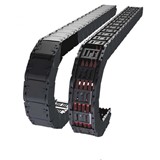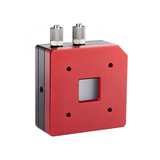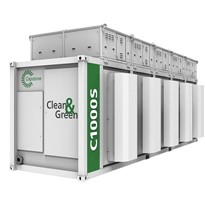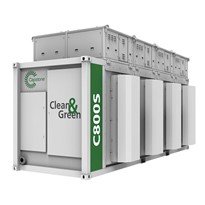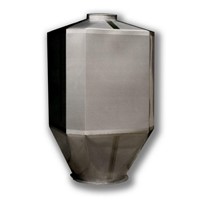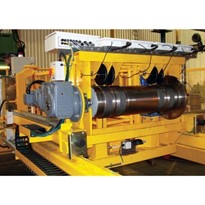It is anticipated that by 2026, worldwide renewable electricity capacity would increase by more than 60 percent from 2020 levels to above 4,800 GW, which is similar to the present global total power capacity from fossil fuels and nuclear energy combined.
Through 2026, renewables are expected to account for about 95% of the growth in global power capacity, with solar PV alone contributing more than half.
Globally, battery storage systems are emerging as one of the most important technologies for efficiently integrating large proportions of solar and wind renewables into power networks. Recent research by the International Renewable Energy Agency (IRENA) highlights how energy storage technologies may be used for a range of applications in the power sector, including e-mobility and behind-the-meter use cases as well as utility-scale use cases.
By storing surplus power and stabilising renewable energy output, utility-scale batteries, for example, may allow for a wider incorporation of renewables into the grid.
In addition, batteries, especially when combined with renewable generators, assist offer steady and inexpensive power to disconnected grids and off-grid settlements, who would otherwise rely on costly imported diesel fuel to generate electricity.
With the world’s source of energy constantly evolving and growing the need for test tools to suit these applications is crucial. Fluke have developed a range of test & measurement equipment to suit the applications within these environments, including the world’s first CAT III 1500V Current Clamp, suited best for technicians who work in environments up to 1500 V, including solar arrays and wind power



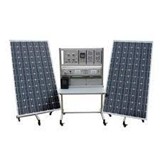
-160x160-state_article-rel-cat.png)



